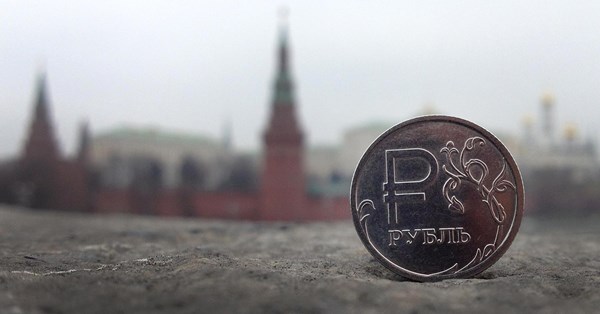Belarus will exclude Russian rubles from gold and forex reserves
Starting on July 1, 2017, the National Bank of the Republic of Belarus (NBRB) will no longer use the national methodology for calculating the amount of its international reserves where the foreign currency reserve assets included assets in Russian rubles, as stated in a message published on the bank's website.
After that date, the NBRB will use only the International Monetary Fund (IMF) standard, which does not consider the Russian ruble as a reserve currency.
As of June 1, 2017, the NBRB's gold and forex reserves were estimated at $ 5.239 billion according to the IMF standard and $ 5.604 billion according to the national standard. The volume of currency assets according to the IMF standard was estimated at about $ 2.347 billion, and $ 2.5895 billion according to the national standard.
The decision to abandon the national standard in the NBRB was explained by the need to improve the rules for managing gold and forex reserves as well as using the experience “gained during the participation in the World Bank's Reserves Advisory and Management Program (RAMP), recommendations of the IMF, and the practice of managing official reserve assets by central banks of other states.”
The NBRB specifically stresses in its message that assets in Russian rubles will remain on the balance sheet of the regulatory body. Such assets will be used to "fulfill the obligations of the National Bank and the Government of the Republic of Belarus" and may act as an additional source of replenishment for gold and forex reserves.
According to NBRB, in 2016, the share of Russian rubles in Belarus' export earnings increased to 40.1% (from 33.7% in 2015) against the background of a decline in world prices for oil products. At the same time, the share of Russian rubles in foreign exchange transactions at the Belarusian market increased to 18.8% (from 16.3% in 2015).
Since November 1, 2016, the NBRB has increased the share of the Russian ruble in currency assets used to calculate the Belarusian ruble rate from 40 to 50%. At the same time, the share of the US dollar was maintained at 30%, while the Euro share was reduced from 30% to 20%. The increase of Russian ruble shares was due to the "convergence of the Russian ruble ratio in currency assets and the share of the Russian Federation in foreign trade turnover.”
